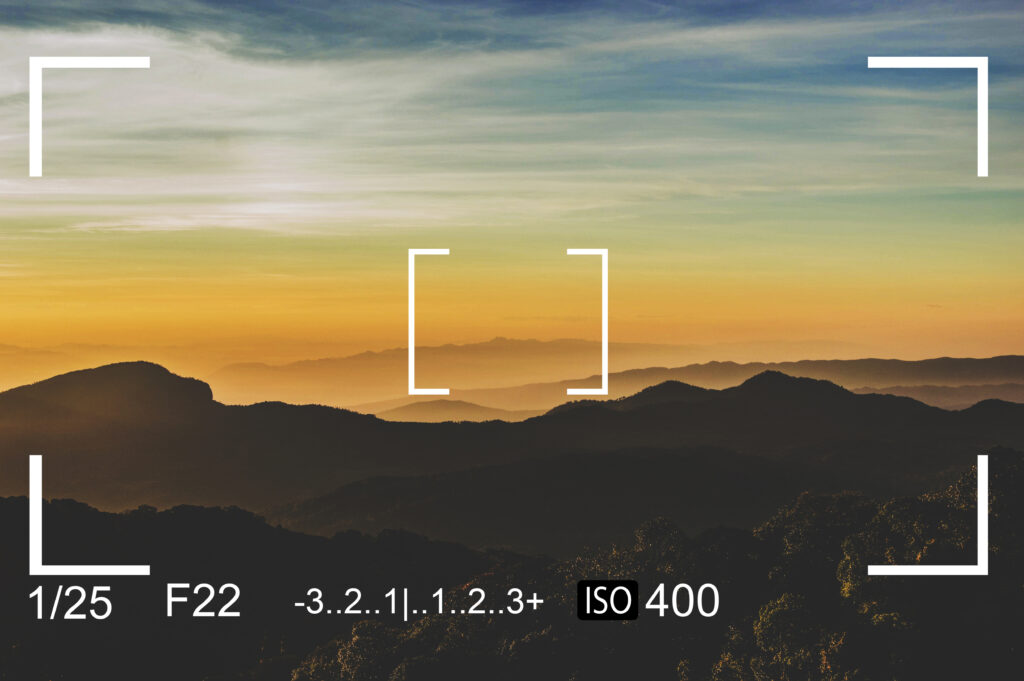Photography composition is arranging elements within a photograph to create a visually appealing and impactful image. It’s about guiding the viewer’s eye, conveying a story, and evoking emotion through the arrangement of subjects, background, light, and other visual elements. While there are no strict rules, understanding and applying various composition techniques can significantly enhance your photography.
Fundamental Composition Techniques
1. The Rule of Thirds: This classic guideline divides the frame into nine equal sections using two horizontal and two vertical lines. Placing key elements along these lines or at their intersections creates a more dynamic and balanced composition, drawing the viewer’s eye to points of interest.
2. Leading Lines: These lines in the photograph act as visual guides, directing the viewer’s eye towards the subject or a specific point of interest. Leading lines can be straight, curved, or implied, and they can be created by roads, paths, fences, rivers, or even the lines of a person’s body.
3. Framing: This technique uses natural or man-made elements to create a frame around the subject, adding depth and drawing attention to the main focal point. Windows, doorways, arches, trees, or even hands can be used effectively as framing elements.
4. Foreground Interest: Adding elements in the foreground can enhance depth and create a sense of three-dimensionality in the image. This can be achieved by including rocks, trees, plants, or even people in the foreground, providing context and visual interest.
5. Symmetry and Centered Composition: While often encouraged to move away from centering the subject, there are times when symmetry can be visually pleasing. Architectural scenes, reflections, or landscapes with balanced elements can benefit from a centered composition.
6. Patterns and Textures: Repeating elements, shapes, colors, or textures can create visual interest and rhythm in a photograph. These patterns can be used to guide the viewer’s eye and add a sense of movement.
7. Negative Space: This refers to the empty areas surrounding the subject in a photograph. Controlling negative space can create a sense of openness, freedom, or focus, depending on the amount used. It can also provide space for text in marketing or stock photography
Mastering composition techniques is an ongoing journey for photographers. Understanding and experimenting with these principles can elevate your photography, creating more engaging, impactful, and visually stunning images. Remember, the most important rule is to break the rules when necessary, allowing your creativity and artistic vision to guide your compositions.

